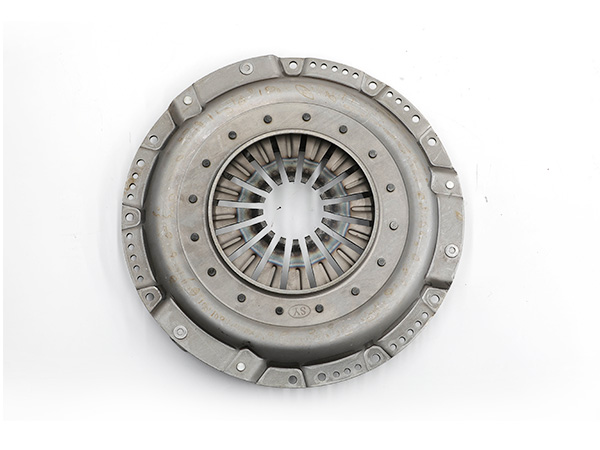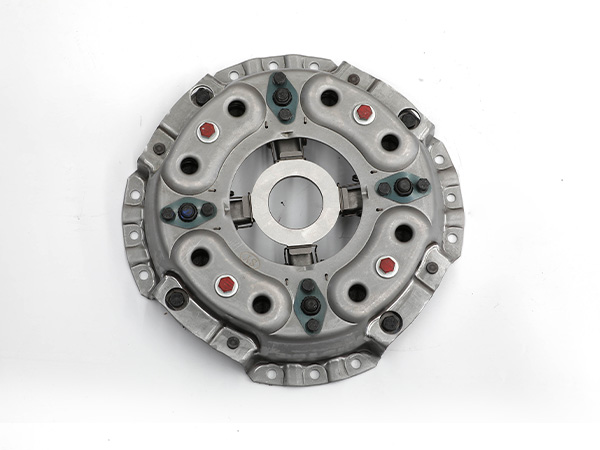Tractor clutch failures may be caused by a variety of factors, including normal wear, improper use or maintenance, and component defects. The common failure modes are mainly as follows.
Slipping clutch: This is one of the most common problems with tractor clutches, where the clutch slips and does not engage properly. This can be caused by a worn clutch plate, a weak pressure plate, or oil or grease on the clutch plate.
Hard clutch pedal: A hard clutch pedal can be caused by a number of factors, including a worn or damaged release bearing, a misadjusted clutch pedal, or a damaged clutch fork.

Noisy clutch: A noisy clutch can be caused by a damaged or worn release bearing, a damaged clutch fork, or a worn pilot bearing.
Clutch chatter: Clutch chatter is a vibration or shaking that occurs when the clutch engages. This can be caused by a damaged or worn clutch plate, a damaged pressure plate, or worn out pilot bearings.
Sticking clutch: A sticking clutch can be caused by a variety of factors, including a misadjusted clutch pedal, a worn or damaged release bearing, or a damaged clutch fork.

Complete failure: A complete clutch failure can occur due to a number of reasons, including a broken or worn-out clutch plate, a damaged pressure plate, or a failed release bearing.
Regular maintenance and inspection of the tractor’s clutch system can help prevent these issues and ensure the clutch operates smoothly and efficiently.
To prevent tractor clutch failure, it’s important to follow the manufacturer’s recommended maintenance schedule and properly use and operate the tractor. Regular inspections and maintenance can help identify and address issues before they cause major failures.


